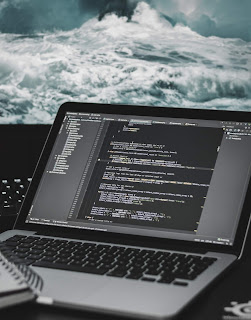Is your AI project a nonstarter?
Here’s a reality check(list) to help you avoid the pain of learning the hard way
If you’re about to dive into a machine learning or AI project, here’s a checklist for you to cover before you dive into algorithms, data, and engineering. Think of it as your friendly consultant-in-a-box.
Don’t waste your time on AI for AI’s sake. Be motivated by what it will do for you, not by how sci-fi it sounds.
Step 1 of ML/AI in 22 parts: Outputs, objectives, and feasibility
- Correct delegation: Does the person running your project and completing this checklist really understand your business? Delegate decision-making to the business-savvy person, not the garden-variety algorithms nerd.
- Output-focused ideation: Can you explain what your system’s outputs will be and why they’re worth having? Focus first on what you’re making, not how you’re making it; don’t confuse the end with the means.
- Source of inspiration: Have you at least considered data-mining as an approach for getting inspired about potential use cases? Though not mandatory, it can help you find a good direction.
- Appropriate task for ML/AI: Are you automating many decisions/labels? Where you can’t just look the answer up perfectly each time? Answering “no” is a fairly loud sign that ML/AI is not for you.
- UX perspective: Can you articulate who your intended users are? How will they use your outputs? You’ll suffer from shoddy design if you’re not thinking about your users early.
- Ethical development: Have you thought about all the humans your creation might impact? This is especially important for all technologies with the potential to scale rapidly.
- Reasonable expectations: Do you understand that your system might be excellent, but it will not be flawless? Can you live with the occasional mistake? Have you thought about what this means from an ethics standpoint?
- Possible in production: Regardless of where those decisions/labels come from, will you be able to serve them in production? Can you muster the engineering resources to do it at the scale you’re anticipating?
- Data to learn from: Do potentially useful inputs exist? Can you gain access to them? (It’s okay if the data don’t exist yet as long as you have a plan to get them soon.)
- Enough examples: Have you asked a statistician or machine learning engineer whether the amount of data you have is enough to learn from? Enough isn’t measured in bytes, so grab a coffee with someone whose intuition is well-trained and run it by them.
- Computers: Do you have access to enough processing power to handle your dataset size? (Cloud technologies make this is an automatic yes for anyone who’s open to considering using them.)
- Team: Are you confident you can assemble a team with the necessary skills?
Read more at: https://hackernoon.com/ai-reality-checklist-be34e2fdab9
Posted by Jayne Merdith, Tendron Systems Ltd




